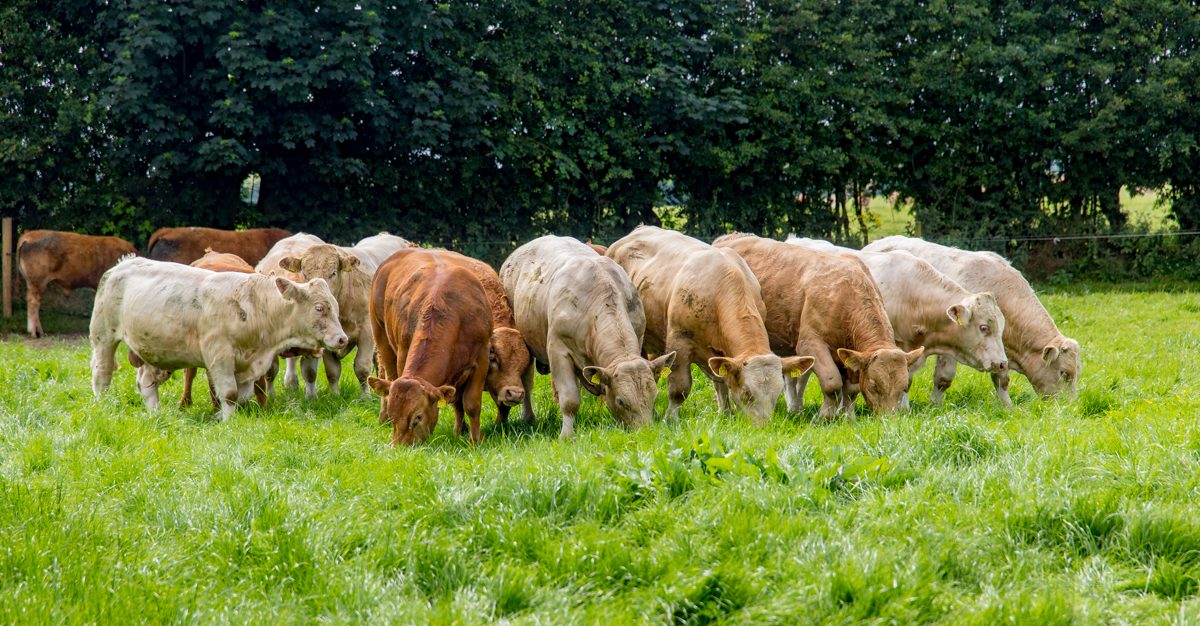There have been 11 reported cases of suspected botulism across the country between August 2018 and the same period in 2017, according to the Department of Agriculture, Food and the Marine.
The 11 herds affected show no discernible geographical pattern as such, though both counties Wexford and Waterford recorded two suspected cases each.
Co. Meath also reported two cases over the 12-month period.
The most recent suspected outbreak occurred in Co. Kilkenny last Thursday (August 23), with a number of cattle understood to have died from the disease.
What is botulism?
Botulism is caused by the ingestion of preformed toxin which has been produced by the growth of Clostridium botulinum bacteria in decaying vegetation or in animal or bird carcasses.
Horses, cattle, chickens and waterfowl are most susceptible to intoxication; while cats, dogs and pigs are more resistant, according to the department.
These toxins are some of the most powerful in existence. They attack the nervous system (nerves, brain and spinal cord) and cause paralysis (muscle weakness), according to the National Health Service in the UK.
Carrion and broiler litter are the most frequently-associated sources of botulism in cattle.
Direct access to broiler litter or grazing on fields near to where broiler litter has been spread are associated risk factors.
- Progressive weakness;
- Posterior Ataxia;
- Progressive Flaccid Paralysis;
- Drooling;
- Animals are generally alert;
- Difficulty swallowing; and finally
- Death.
Botulism is not a notifiable disease in Ireland, but cases should be reported to your local DVO or Regional Veterinary Laboratory so the incidence of the disease in Ireland is monitored, according to the Department of Agriculture.
